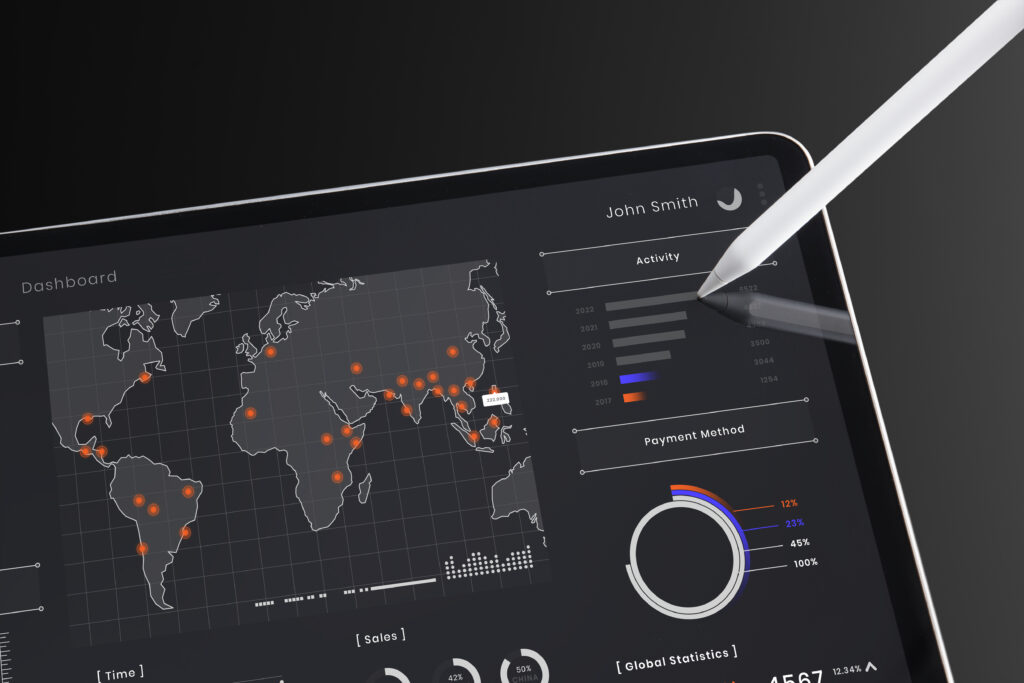Many businesses hold onto outdated technology, assuming upgrades are unnecessary. However, IT modernization directly impacts efficiency, security, and long-term cost savings. The decision to invest in better technology is not just about keeping up with trends—it’s about creating a scalable and secure infrastructure that supports sustainable business growth.
IT system upgrades strengthen security, efficiency, and cut costs, helping businesses boost their bottom line and drive profitability. A strong business technology investment yields measurable financial benefits:
- Increased productivity through improved system performance.
- Enhanced security to mitigate risks of cyberattacks.
- Reduced operational costs by eliminating inefficiencies.
- Greater flexibility for remote work and cloud-based collaboration.
Companies that consistently update their IT infrastructure position themselves for higher profitability and stronger competitive advantages.
How IT System Upgrades Improve Business Profitability
Boosting Productivity and Minimizing Downtime
Slow systems and outdated software create bottlenecks, reducing workplace efficiency. Employees waste valuable time waiting for systems to load, troubleshooting technical issues, or dealing with crashes. Upgrading IT infrastructure leads to:
- Faster computing speeds, allowing employees to work more efficiently.
- Automated software updates that prevent system slowdowns.
- Cloud-based tools that enhance collaboration and accessibility.
- Reliable systems that reduce IT-related disruptions.
Consider a business that transitions from an on-premises server to a cloud-based data management system. Employees gain instant access to documents, collaboration becomes seamless, and IT teams no longer spend hours maintaining local hardware. The result is a more agile and productive work environment.
Lowering IT Maintenance and Operational Costs
Older technology demands constant repairs and manual maintenance. IT support costs rise when businesses operate on inefficient systems. Organizations that upgrade technology experience:
- Fewer service calls and emergency repairs.
- Reduced electricity costs with energy-efficient hardware.
- Lower licensing fees by consolidating software solutions.
- Minimized risk of costly downtime due to outdated equipment.
For example, replacing traditional hard drives with solid-state drives (SSDs) increases speed and longevity, reducing replacement and maintenance expenses. Similarly, cloud storage eliminates the need for expensive physical servers, cutting infrastructure costs significantly.
Strengthening Cybersecurity and Regulatory Compliance
A weak cybersecurity strategy puts business operations, customer data, and financial records at risk. Older systems often lack modern security features, leaving businesses vulnerable to cyberattacks. IT upgrades provide:
- Advanced encryption and secure authentication protocols.
- Automated security patches to address vulnerabilities.
- Multi-factor authentication (MFA) for enhanced access control.
- Compliance with industry regulations, avoiding legal penalties.
Organizations that invest in AI-powered security solutions detect threats in real time, preventing breaches before they escalate. A strong cybersecurity strategy protects both financial assets and brand reputation.
Key IT Upgrades for Maximum ROI
Cloud Computing for Scalability and Efficiency
Businesses that adopt cloud technology benefit from:
- Scalable storage that adapts to company growth.
- Remote access to data, improving workplace flexibility.
- Lower hardware costs by reducing reliance on physical servers.
- Built-in security features that protect sensitive information.
Companies using cloud-based enterprise resource planning (ERP) systems report 30% lower IT expenses while increasing operational efficiency. Cloud services also eliminate the need for extensive in-house IT teams, shifting support responsibilities to service providers.
Hardware and Software Optimization
Old hardware limits performance and creates security gaps. Upgrading IT equipment leads to:
- Higher processing speeds for business applications.
- Reduced system failures through better hardware reliability.
- Optimized software performance, reducing compatibility issues.
Investing in enterprise-grade laptops and servers ensures businesses operate with speed, security, and stability. Transitioning from legacy software to modern cloud-based applications further enhances operational efficiency.
Cybersecurity Solutions for Long-Term Protection
Cyberattacks cost businesses millions in damages and recovery efforts. Upgraded cybersecurity tools provide:
- AI-driven threat detection to identify risks proactively.
- Zero-trust network architectures for stronger access control.
- End-to-end encryption for sensitive business transactions.
For example, companies that integrate security information and event management (SIEM) systems gain real-time analytics on security threats, allowing immediate responses to potential breaches.
Automation and AI for Process Optimization
AI-powered automation enhances workflow efficiency by:
- Reducing repetitive tasks, allowing employees to focus on strategic work.
- Improving customer service through AI-driven chatbots.
- Predicting system failures, enabling proactive maintenance.
Retail businesses using AI-driven inventory management reduce waste, improve order accuracy, and optimize supply chain logistics.
Executing a Successful IT Upgrade Strategy
Step 1: Assess Current IT Infrastructure
Before upgrading, businesses should evaluate:
- System bottlenecks that hinder workflow.
- Security risks from outdated software.
- Hardware is nearing the end of its lifecycle.
Step 2: Define Clear Business Goals
Every IT investment should support business objectives, such as:
- Reducing IT maintenance costs.
- Enhancing customer experience with improved digital platforms.
- Strengthening cybersecurity to protect sensitive data.
Step 3: Implement Upgrades in Phases
Large-scale IT upgrades should be executed in stages to:
- Minimize workflow disruptions.
- Allow employees to adapt gradually.
- Ensure smooth system integration.
Step 4: Train Employees on New Technology
User adoption is key to successful IT modernization. Training sessions should focus on:
- Navigating new software interfaces.
- Understanding cybersecurity best practices.
- Leveraging automation tools for increased efficiency.
Step 5: Partner with IT Experts
Working with managed IT service providers ensures:
- Seamless implementation with expert guidance.
- Access to ongoing maintenance and security monitoring.
- Optimized technology recommendations tailored to business needs.
Final Thoughts: The Competitive Advantage of IT Upgrades
IT modernization is not just about keeping up with technology—it’s a business strategy that drives efficiency, security, and financial growth. Companies that prioritize IT system upgrades benefit from:
- Increased productivity with faster, more reliable systems.
- Lower costs by eliminating inefficiencies.
- Stronger security against evolving cyber threats.
A well-planned business technology investment delivers long-term returns, positioning businesses for sustained success in an increasingly digital world.





